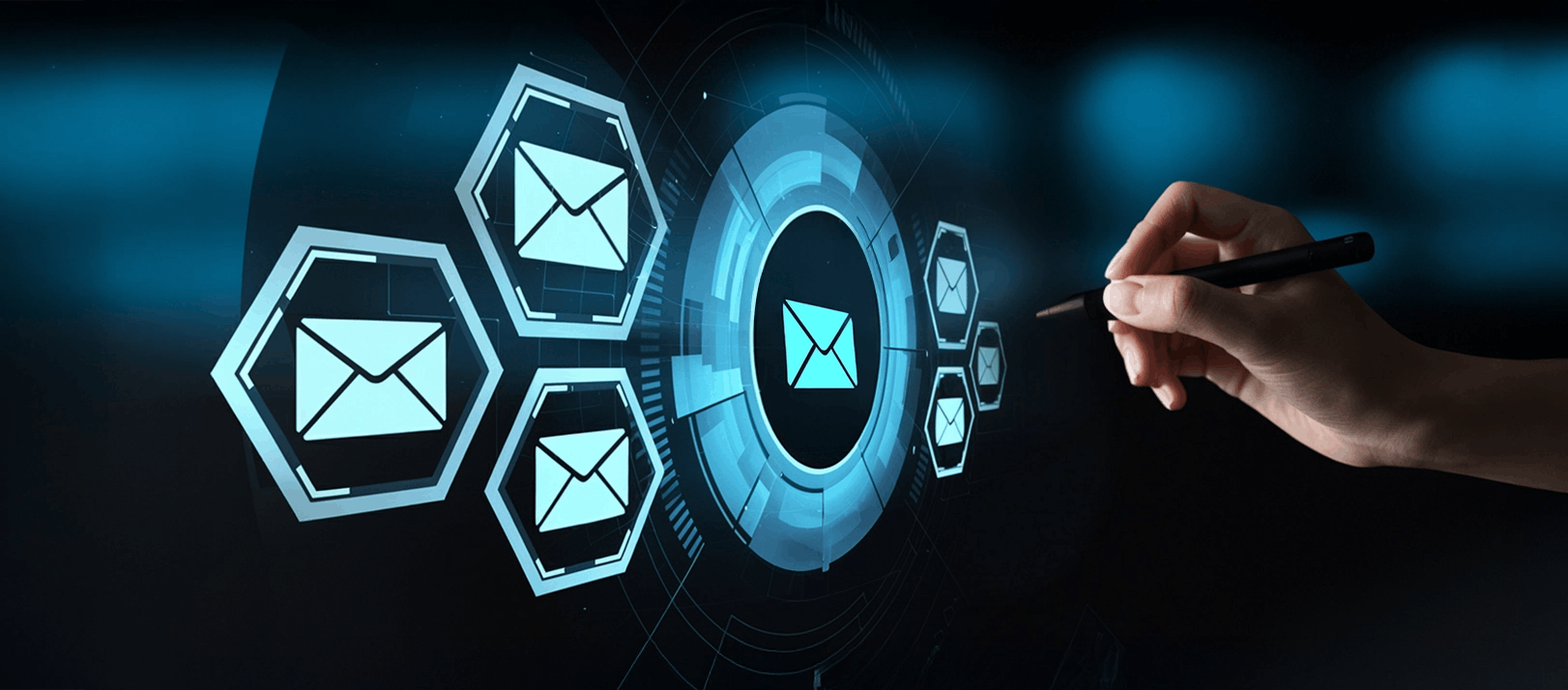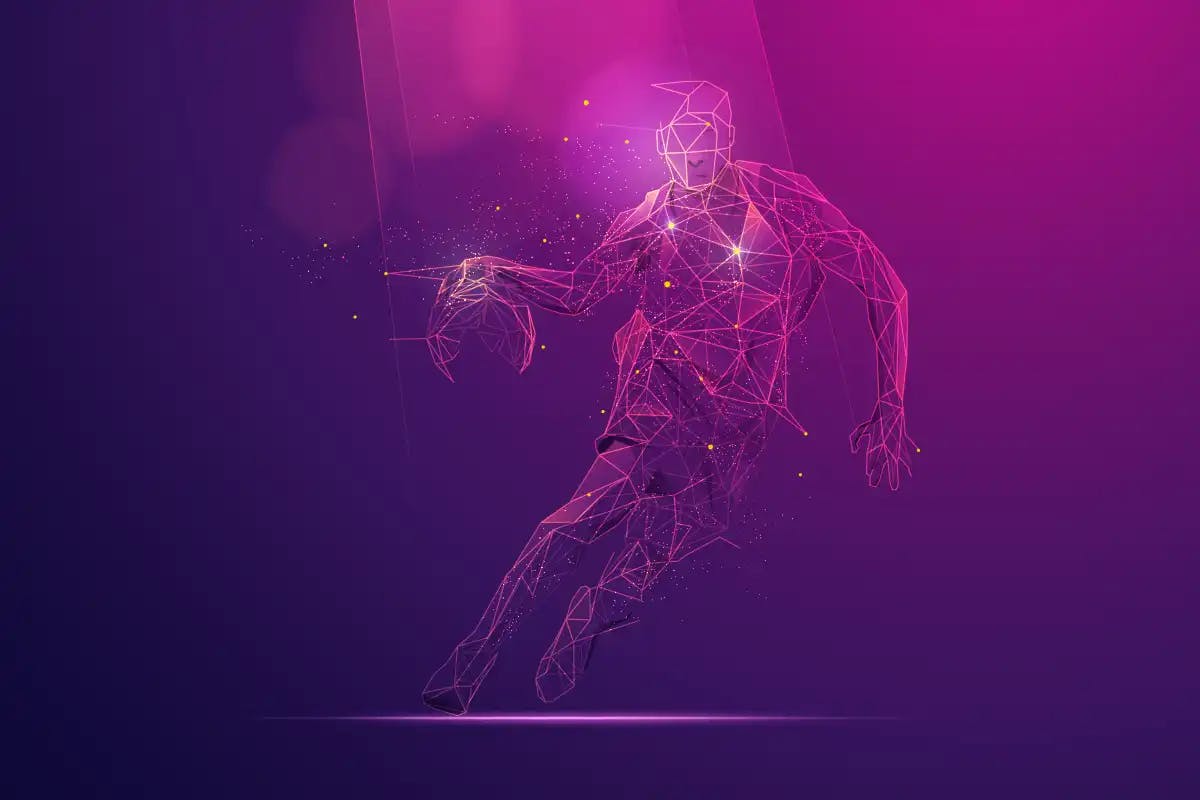
,
In 2017, the students in a small town in a class were very interested in the new education technology (EdTech). They were hoping that it would help bridge the gap in learning and bring new opportunities for kids who didn't have good resources. The teachers were positive; they were trying to take advantage of the power of digital tools to teach their students. However, in the final exam, the results were very unsatisfactory. The students were unable to adopt the new educational tech, participation also went down, and the desired learning outcomes did not happen.
This story, regrettably, is repeating a scenario that happens so many times in different parts of the world. The dream of AI in EdTech being a turning point for the betterment of education is not yet fully realized. Although it used to be said that it would change the face of education. The only hope to open the doors of sustainable EdTech AI development, that can ultimately eliminate failure rates lies with AI. In this article, we will discuss how AI can help reduce the failure rates in EdTech.
The Current State of AI in EdTech and Its Potential
Tech has been a key factor in modern education, delivering the features of educational platforms that are open to learning at any time at any place. Besides coding tools and online classes, the segment was subject to unprecedented growth everywhere particularly during the COVID-19 crisis. Unluckily, the inclusion of EdTech can't guarantee clear results. On the contrary, issues like lack of adaptability, low engagement, and unsuccessful training methods never go away.
However, EdTech is here to stay irrespective of growing challenges. The global EdTech market is all set to reach 739 billion by 2029. However, simply growing numbers do not promise the success of this sector. The industry will have to focus on the critical deficiencies that continue to restrict its progress if we want to see the benefits of technology in education.
Statistics and Insights on Why EdTech fails
Some EdTech platforms have been pushed to the point of dropout rates as high as 50%. These numbers are clearly alarming in the context of online learning settings. This low success rate is a bold message to EdTech which currently stands off the mark.
Ever since digital gadgets were introduced, it has become easier for learners to access education. However, there has been no significant progress in the core issues that are responsible for the success or failure of students. Such things as a non-individualized methodology, the lack of interactivity, and the incapability to personalize instructions are often to blame. AI can play a major role in the customization of learning and the making of interactive, and dynamic classes that can be adjusted to the learner's individual ways of learning.
Role of AI in EdTech Addressing Challenges
Artificial intelligence is going to change the entire scenario in EdTech in a big way. Personalized AI-driven tools keep an edge over traditional materials by enabling learners to work according to their learning style.
1. Why Most EdTech Fails?
Let us now find out the reasons behind the failure of EdTech:
Lack of AI-driven personalized learning
One of the main causes of Edtech's underperformance is the lack of personalization. Many platforms offer a standardized curriculum assuming all students learn at the same speed and in the same way. However, students have different learning styles, needs, and interests. This methodology leads to learners feeling unexcited at school, annoyed, and, as a result, unsuccessful.
For example, a student who does very well in math may find a math course that is too slow for them, and the student may then lose interest. In contrast, a student might be pushed away by a subject because the material does not cater to their particular learning deficits.
Limited Engagement and Motivation
Student involvement is yet another serious matter. Ordinary educational technology software is very often unsuccessful in attracting and retaining the attention of a student. The absence of interactive parts, games, and instant feedback means students frequently become unengaged which in turn results in a decrease in motivation.
Research has revealed that students will lose interest if the learning material does not have a direct relation to real-life scenarios. Furthermore, in the absence of personalized feedback, students are unaware of their progress, making it more probable for them to discontinue.
Ineffective Learning Pathways
EdTech platforms often follow fixed learning paths, which are not flexible and cannot meet the student's individual goals. The capacity of a brick-and-mortar class teacher to modify their classes based on a student's progress is a thing that is not present in lots of EdTech tools. Therefore, many students may be on a fixed path of learning, thus, they may not be able to develop their abilities and hence may get frustrated and perform poorly
Accessibility Issues
While EdTech has succeeded in reducing educational roadblocks, unfortunately, it is still a fault for many students. Students with disabilities often meet difficulties like poorly designed interfaces or content that’s not accessible. In regions where there is a poor internet connection, students may even face the challenge of not being able to access the tools.
The model that is one size fits all does not fix these problems and so it does not help all the students. EdTech has to come up with the right and effective answer to the fact that they all study in different living and learning environments.
Prevent your EdTech from failure and decrease breakdown rates with Codiste’s expertise.
2. How AI in eLearning Can Address Personalization Challenges?
Here’s how AI-based tools can help address challenges associated with personalization:
Adaptive Learning Systems
AI-powered adaptive learning systems can fit according to each student's unique learning style. Instead of all learners receiving the same content, AI systems can process data about students' performances and personalize their study material. These systems monitor students' advancement constantly and through personalized recommendations ensure that they are not too bored and ready to improve their skills.
Customized Content Delivery
The AI has the potential to provide tailored educational materials to each student based on their learning interests, personal preferences, and speed of learning. For example, AI can help a student who finds a specific topic difficult by providing links to additional sources or by giving alternative explanations. Through this kind of customization, students can use their strengths and fill in their knowledge gaps, so their success can be achieved. This process has the potential to enhance the overall learning process by filling in missing gaps and at the same time allowing students to build on their already strong areas.
3. How to Implement AI to boost student engagement?
AI plays a substantial role in enhancing engagement with the learning process. Let us find out how:
Interactive and Gamified Learning
Artificial Intelligence (AI) can be more interactive and attractive in education if used to gamify the learning process. Game players earn points, badges, and leaderboards to be motivated and have fun. They do similar things in gamified learning environments but they acquire their points and badges on the platform. AI can enhance this process by tracking student engagement and offering customized challenges that will keep them motivated.
Real-Time Feedback and Support
AI in education has had the predominant advantage of giving students instant feedback. Instant feedback allows students to fix their errors and make their understanding more correct so that no misconceptions are formed. AI-powered chatbots and online tutors can motivate students through quick assistance, handling their problems, and clearing doubts. This helps to increase the engagement and the comprehension.
4. How to Improve Learning Pathways with AI EdTech Solutions?
Here’s how learning paths can be improved substantially with AI:
Personalized Learning Pathways
AI employs personal student learning pathways that can be adjusted to suit the difficulties encountered by each student. In place of a static syllabus, AI examines the progress of each individual based on the performance data and then suggests what should be tackled next to be in line with the student’s learning itinerary. Through such adaptability, students can now concentrate on wherever he/she is weak, and at the same time, those who have mastered subjects can move on.
Predictive Analytics for Learning Outcomes
AI-powered predictive analytics could anticipate student outcomes on the ground of the present state. This helps educators and students to see risks at an early stage and take preventive measures. With the careful inspection of students' study trends, AI technologies can anticipate if a student will face complex issues and eventually develop strategies.
5. How to Address Accessibility Issues with AI Solutions for Education?
AI can help to address various issues associated with accessibility. Let us find out how:
AI-Powered Assistive Technologies
AI has brought in some assistive technologies that can be really useful to students who are having problems with scholastic work due to some disability. Like an AI-powered text-to-speech tool can provide learners with visual or hearing impairments with easily accessible content. AI can help with providing personalized learning materials to students in accessible versions. This ensures that they are taking part in the learning process fully by using the technology.
Localized and Multilingual Support
In areas that are underserved or places where English is not the native language, AI is of immense value, when it comes to its application of multilingual assistance. AI is capable of converting information to various languages, which in turn, allows non-native speakers to learn and understand at a faster rate. It can also move education to a local level by adapting the content to various cultural and or regional contexts and it is applicable and engaging to a wider spectrum of students.
Let’s Explore Some Case Studies and AI-driven educational tool's success stories
There are a lot of stories involving the success of AI in EdTech USA. As an example, a company named Carnegie Learning has a platform that uses innovative software to give tutoring lessons to students. As a result, the student's command of the more difficult math problems has practically doubled. Also, Century Tech applies AI to adjust classes to each student's needs, thus assisting teachers in finding out what information students are missing and presenting it in suitable ways.
Education in the future will definitely be a personalized experience, as can be seen by Duolingo, Quizlet and other eLearning AI-based platforms in the USA. These applications have gained popularity for its gamified approach, engaging content, personalized learning tools, and effective teaching method. AltSchool, another example, is a startup that wants to improve education by using technology. Even though getting a huge amount of money from stakeholders, the firm did not grow enough and failed to meet targets. This made it decide to change the tactic in the business. These instances prove the difficulties that EdTech faces while providing desired education. The use of artificial intelligence has made it more possible for students all over the world to get the education at a level they need.
Conclusion
EdTech is facing many problems that have to be solved to realize the promised potential in education. Although traditional EdTech tools have failed to deliver on personalization and inefficient learning paths AI provides robust solutions to fill these gaps. With the collaboration of AI, EdTech platforms will be able to provide each student the learning paths that would fit their need, and help to engage through interactive content. For sure, AI will play a bigger role in education. It will create new ways of learning and offer smart tools that will not only make the drop-out rate decrease but also it will change the way teaching and learning occur.
The vision of educational technology as an equality tool has not been fully realized yet, however, the involvement of AI has opened many doors to creativity and innovation. The personalized, data-driven, and dynamic learning environments powered by AI can lead to better educational outcomes, reducing the barriers that have held back so many students.
Custom eLearning development companies like Codiste are among the leaders in this invention making innovative AI solutions for education and learning. Their delivered solutions can make it possible for everyone to get the best quality education even in the remotest places. Contact us for AI-driven solutions that provide teachers and learners with the personalized, adaptive, and exciting experiences that are essential in today's digital learning world.




